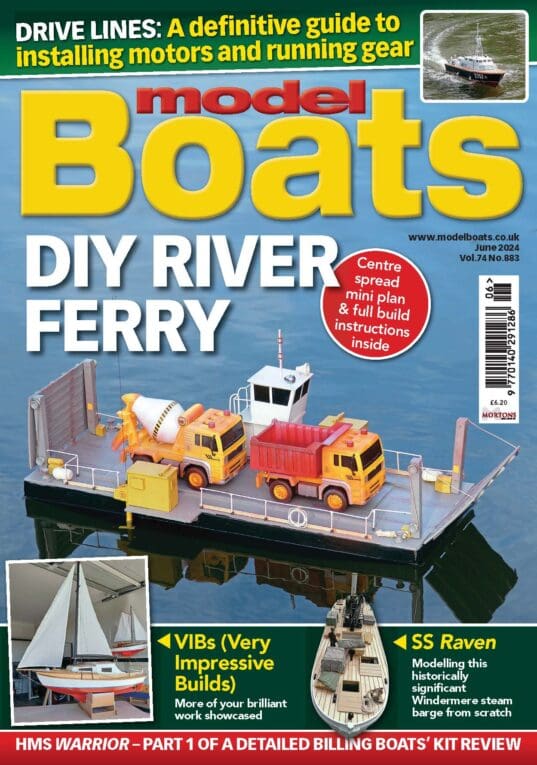No experience with this particular EC other than what a google search has turned up. From the very scant information, it has no BEC, so needs a 5 volt input, the red 2 pin does that. It has the conventional pair of big thick wires for main power, and two more for motor connection.
The weird bit is the signal connection. Most manufacturers use a 3 pin connection that caters for both control power and signal. This one uses a 3 pin receptacle, but only the outside two points. Presumably black for ground and white for signal.
So, on a modern radio, the radio battery would plug into the "Batt" or "Ak" hole, the signal plug into the preferred channel, the steering servo into the chosen channel for that, and the ESC red plug into a spare channel to give control power to the ESC.
Unfortunately, with a 2 channel set, there are not enough slots, so a choice needs to be made.
1 Get a Y lead. Plug it into the throttle channel, plug the black two (3 connection, only 2 used) pin into one leg, the red power into the other. This might entail a bit of minor surgery on the red plug, Y leads are generally intended for flat plugs. Receivers have pins, the plugs that fit them are usually shrouded receptacles, thus technically, sockets. I tend to wait for a show and go to the Component Shop stand for things like that. Or, over the last couple of years, mail order.
2 Winkle the red wire out of the red two pin (assuming that its a floating socket) and insert it into the centre hole of the black three. This will cause it to be wired like every other ESC on the planet.
3 Go modern radio. 2G4 sets tend to start at 4 channel with a 6 channel receiver and cost less than a replacement second hand 27MHz receiver.
4 Get a more conventional ESC. Mtronics and Quickrun spring to mind. Unless you already know that the Bobs board is a perfect match to the motor, vastly better control will be had with an electronic unit.
I have no notion of why the makers thought that this was a good idea without illicit substances being involved, but there might be a reason in there somewhere.



